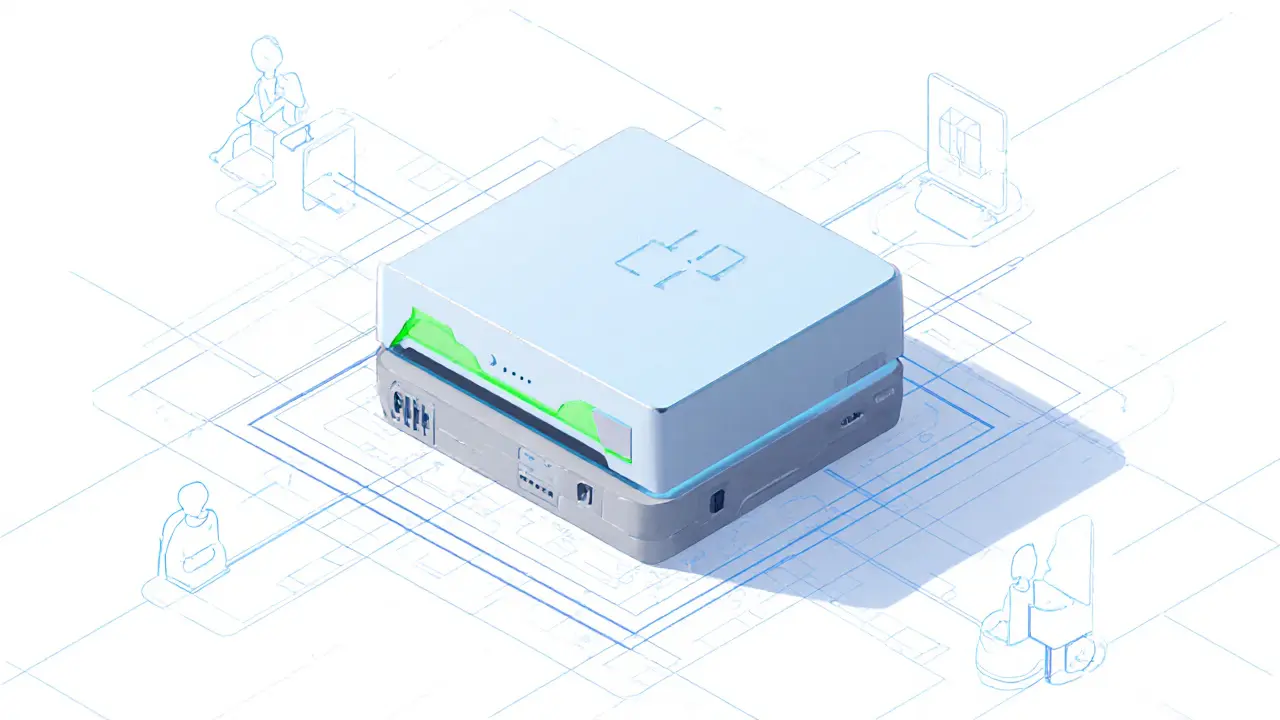Token Economics: How Tokens Gain Value and Drive Projects
When working with Token Economics, the study of how a digital token’s supply, utility, and incentive structures affect its market behavior. Also known as tokenomics, it’s the backbone of any crypto project. Token Economics isn’t just theory; it decides whether a token can survive a market crash or attract long‑term users. Understanding token economics starts with Tokenomics, the set of rules that govern a token’s creation, distribution, and utility. These rules cover total supply, emission schedule, and the rewards users earn for participating. A well‑designed tokenomics model can create steady demand, while a sloppy one often leads to price whipsaws. Another piece of the puzzle is the Airdrop, a free token distribution event used to bootstrap network effects and reward early supporters. Airdrops boost awareness, but they also flood the market with new holders, influencing short‑term price dynamics. Knowing how an airdrop fits into the broader token economics helps you gauge whether the hype will translate into lasting value. Finally, the rise of DeFi Lending, decentralized finance platforms that let users lend and borrow crypto without intermediaries shows how token economics fuels new financial services. Tokens act as collateral, governance tools, and yield‑bearing assets, tying their economic design directly to the health of DeFi protocols.
Key Elements that Shape Token Economics
One major factor is the Modular Blockchain, an architecture that separates execution, settlement, and data availability into distinct layers. By decoupling these functions, developers can fine‑tune token supply rules without overhauling the entire network. This flexibility lets projects experiment with dynamic inflation models or on‑chain governance upgrades, directly impacting token economics. Supply mechanics are another cornerstone. Fixed supply tokens like Bitcoin rely on scarcity, while inflationary tokens use continuous minting to fund development or reward participants. Emission schedules—how quickly new tokens enter circulation—must balance rewarding early adopters and avoiding dilution. Reward structures, such as staking yields or liquidity mining bonuses, create incentives that keep users engaged and lock up supply, reducing sell pressure. Utility also matters. A token that powers transaction fees, grants access to services, or enables voting holds intrinsic demand. When a token’s purpose aligns with real‑world use cases—like paying for decentralized storage or accessing a gaming platform—its economic model gains resilience. Conversely, tokens with vague utility often rely solely on speculation, making their price volatility harder to predict. Together, these elements—modular design, supply rules, reward systems, and clear utility—form a web of cause and effect. For example, a modular blockchain can support a flexible tokenomics model, which then powers DeFi lending incentives, while an airdrop jump‑starts the community that uses the token’s utility.
Below you’ll find a curated set of articles that break down each of these pieces in detail, from airdrop mechanics to DeFi lending benefits and modular blockchain architectures. Dive in to see how token economics shapes real‑world projects and how you can apply these insights to your own crypto journey.
Key Challenges Facing DePIN Networks and How to Overcome Them
Explore the biggest hurdles DePIN networks face-from bootstrapping and token volatility to regulatory gray zones-and learn practical strategies to overcome each challenge.
VIEW MORE
